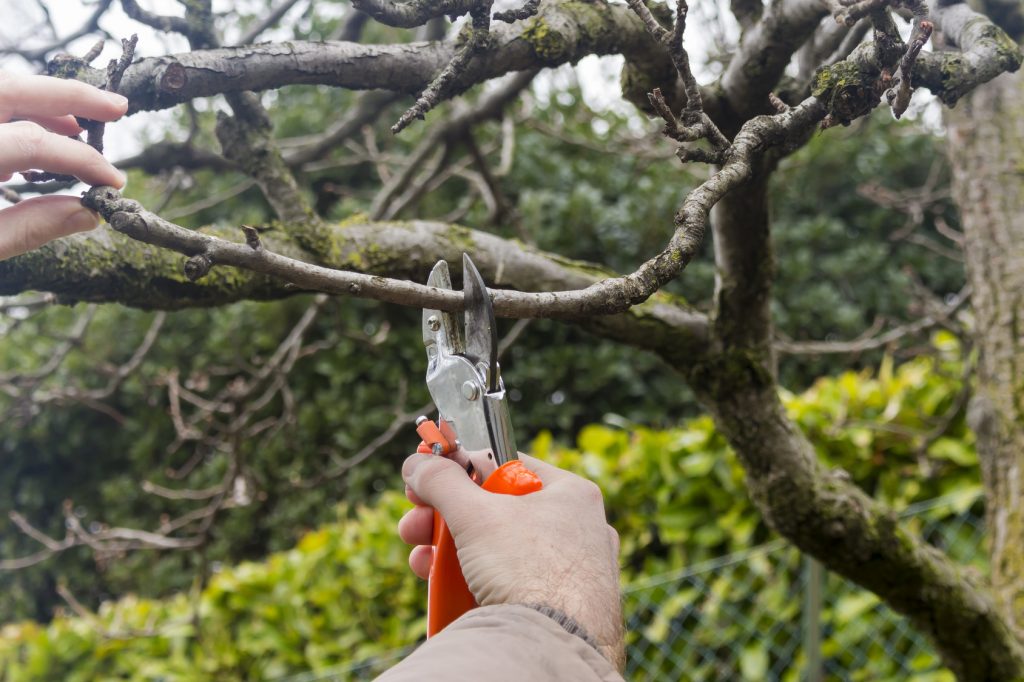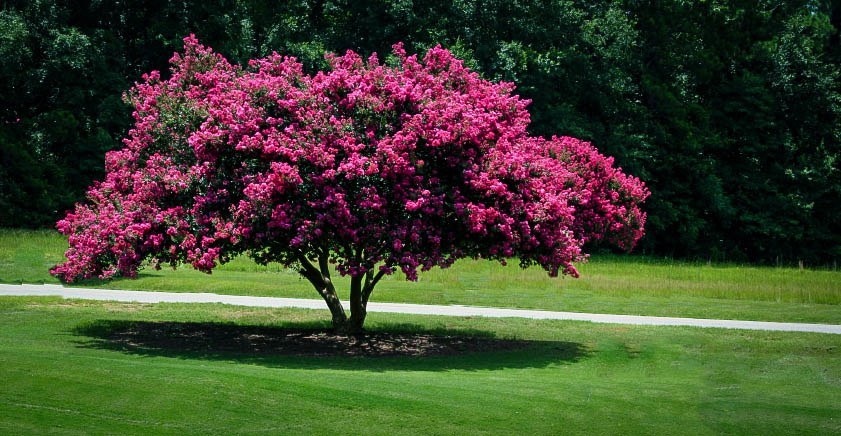Time to Prune Woody Ornamentals
Stephen Brueggerhoff, CEA – Horticulture; Texas A&M AgriLife Extension Service 2/02/2021
While winter is viewed as a season of contemplation, there are still pruning maintenance tasks for woody ornamental plants we can accomplish at this time of year. Pruning is a landscaping activity that benefits and promotes healthy growth.
The reasons we prune plants are to train, maintain, improve flower and vegetative quality, and restrict growth. One goal is to create and maintain the basic plant architecture using sustainable methods. Pruning during late winter is an appropriate time regarding plant metabolism, a time when stored food reserves in the roots will be producing new spring foliage. Minimize pruning after the spring flush and through summer. I discourage late summer pruning to minimize the initiation of tender foliage that can be affected by cold weather. Keep in mind that pruning some plants such as azalea or gardenia will have to wait until after their seasonal flower. Travis county colleagues suggest that ornamentals with berries such as hollies and pyracantha produce fruit on old or second-year growth.

The best way to start any activity is with intention and a plan, rather than jumping in with both loppers at the ready. Look at the overall structure of your tree or shrub, and identify and remove all dead, broken or diseased limbs and prune the material back to a strong lateral branch. Removing this kind of material may be enough activity to maintain a natural shape of your trees. Commit additional corrective pruning to train woody plants, such as removing narrow branch crotches or water sprouts on trees. Even though the amount of pruned material depends on the kind of plant, location and ambient seasonal climate, a general rule of thumb is to trim no more than one third of the total canopy. You may have to delay additional pruning for another year depending on the amount of material to be removed.
The habit of formal shaping shrubs is a legacy of our gardening culture. Best pruning practice is to ensure the hedge is wider at the base than at the top. This shearing practice is to avoid foliage shading out the base of the hedge, causing sparse growth at the bottom and what appears to be holes in the canopy. Species like dwarf yaupon (Ilex vomitoria ‘Nana’), boxwood (Buxus sp.), privet (Ligustrum sinense), purple sage (Leucophyllum sp.), and even native barbados cherry (Malpighia glabra) can be trained into a formal round or box shape.
 Some shrubs like American beautyberry (Callicarpa americana) or multi-trunk trees like crape myrtle (Lagerstroemia sp.) perform best by keeping their natural form and using selective thinning cuts, providing an opportunity for low maintenance.
Some shrubs like American beautyberry (Callicarpa americana) or multi-trunk trees like crape myrtle (Lagerstroemia sp.) perform best by keeping their natural form and using selective thinning cuts, providing an opportunity for low maintenance.
Use clean, proper pruning cuts on all woody ornamentals. This can best be achieved by keeping your pruning tools sharp and clean. Whether from a tree or shrub, branches should be cut just outside a ridge or developed collar where the branch attaches to the trunk or larger limb. With pencil-thin branches or stems, make your pruning cut at a 45-degree angle above an outward facing bud or node (point of leaf or twig attachment on a stem). The pruning angle helps divert water off the surface.
There is additional information for you to explore regarding best pruning practices from Texas A&M AgriLife Extension EarthKind Landscaping website: https://aggie-horticulture.tamu.edu/earthkind/. Don’t forget to visit Brazoria County AgriLife Extension’s horticulture website for local programs: https://brazoria.agrilife.org/horticulture/. Best to you and your family, and I will see you in the garden.
